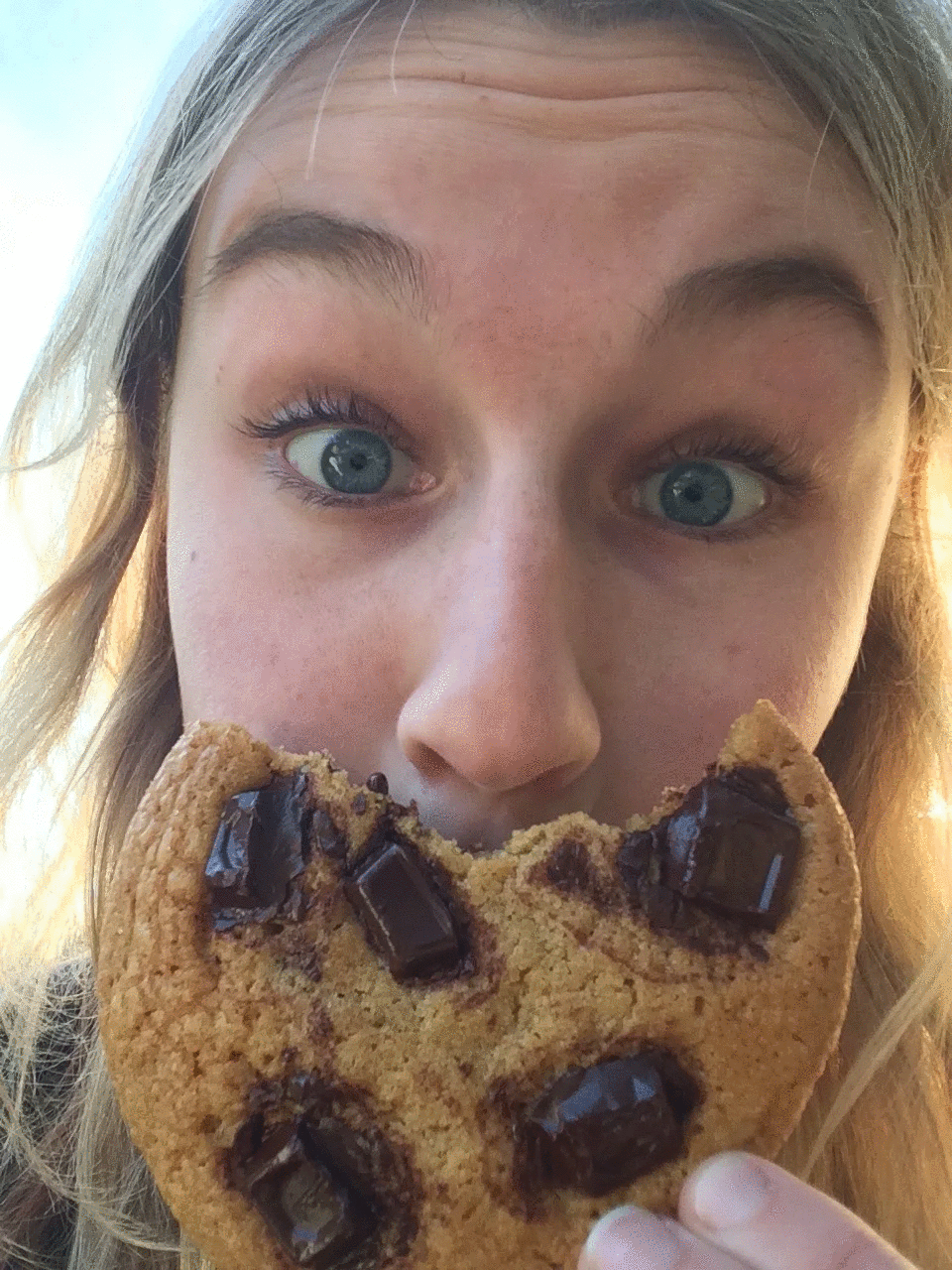You saw the title. You assume there’s a good story here. So, let’s jump in.
It’s November 2023, and I’ve just found out that I’m being laid off. Via a one-line break-up email, no less.
So, I did what every self-respecting marketer would do; I sat down to compose my #openttowork post.
This ritual has become a LinkedIn genre in its own right—and striking the proper tone is a fine art. Your Open to Work post should:
Showcase class and professionalism, A.K.A the whole “I just got laid off, but I’m SO grateful for the opportunity..”
Not smell of desperation, because companies will run a mile.
Have just the right sprinkling of hope and optimism
(Because people should feel uplifted by your post, not depressed, alright?)
As you’ve probably gathered, I hated the entire exercise. And not just because of the toxic positivity bullshit.
These unspoken rules made me realize that so-called ‘professionalism’ is a massive straightjacket around personal branding.
(If you have any doubts about this, ponder that Grammarly recommended I amend the word ‘hate’ to sound more diplomatic. Naturally, I declined.)
There’s a huge pressure to make our professional selves as unchallenging and palatable as possible. We water down our thoughts and opinions, filtering out anything that might be considered too ‘on the nose’ - and it’s exhausting. So much so that many of us stop our personal branding efforts altogether.
Okay, Beth. But where do cookies come into this?
I wanted to stay away from the cookie-cutter in my Open to Work post (pun intended). Something that said more about me, and less about the organization I had worked for. Somehow, I remembered a spur-of-the-moment selfie from a few years ago featuring a Whittaker’s chocolate chip cookie.
The photo was goofy, but I figured something a bit random—like posing with a piece of baked confectionery— might pique people’s interest enough to give it a read.
But more importantly, it acted as a kind of focal point for my writing. I wasn’t going to pretend that getting laid off was all sunshine and rainbows, but I wanted to show that it took more than job loss to derail me. Revisiting that photo as I drafted the post helped me to dig deeper and find that spark.
It took a bit of encouragement from my partner, but I finally hit ‘publish’.
First off, my network loved it. It got a ton of engagement and sparked some great intros—including some businesses I work with now.
It was a much-needed boost to my professional confidence (no matter who you are, this always takes a hit after a layoff). But a humble cookie also made me realize several important things about personal branding:
Not being everyone’s cup of tea is a good thing.
Perhaps it’s the consequences of cancel culture or the awareness that anything we put online is there to stay. But by sanding away those sharp edges that make us interesting, we become the personification of griege in interior design; safe, soothing, mildly pleasing at best - but mostly forgettable. And who wants to be griege, anyway?
If we aren’t considering whether we’re interesting to the audience that matters, how can we expect our personal branding efforts to bear fruit?
By trying to please everyone, there’s a risk that we’ll end up erasing the parts of ourselves that deliver us to the clients or workplaces that offer a great cultural fit.
A potential client or employer may see that cookie on my homepage and run a mile. But I have enough confidence at this point that I’m completely fine with that.
There is power in being authentic.
The ‘A’ word gets thrown around so much that it’s more likely to provoke an eye-roll than a genius marketing campaign. But when it comes to personal branding, being yourself really does reap rewards.
We saw the power of this during covid, where people shared POVs of work meetings taken from the bathtub and freely admitted that balancing parenting with remote work was absolute garbage—our work culture will never be the same again.
The best about sharing that post wasn’t the work opportunities that came my way—it was the complete strangers who DM’d me to say how much that photo had brightened their day. Why? Because it’s rare in their network to see people being unapologetically themselves on LinkedIn.
My takeaway? We’ve collectively grown tired of trying to rise above the B.S. and be the most upstanding, industrious person in the room (seemingly endless layoffs and zero job security, perhaps?) We’re craving the freedom to RELAX a bit and be less than the ideal hustler/job-seeker/business owner—and we like it when other people do, too.
It’s given me a blueprint for something bigger.
This may have started with a single LinkedIn post, but the lessons I’ve learned are being applied to my professional life going forward—and my brand.
‘Cookie girl’ (as I like to think of her) represents the marketing professional I want to be. She represents the side of my personality that I suppressed as an ambitious grad with a wild case of imposter syndrome: Goofy, sometimes impulsive, but above all, seeing things through with a good dose of humor and self-deprecation.
Trying to plan out your career trajectory is a serious case of crystal ball gazing (trust me, I know). But one thing that will stay consistent is how I choose to present myself as someone to work and connect with.
This is a personal brand first - and a business second.


